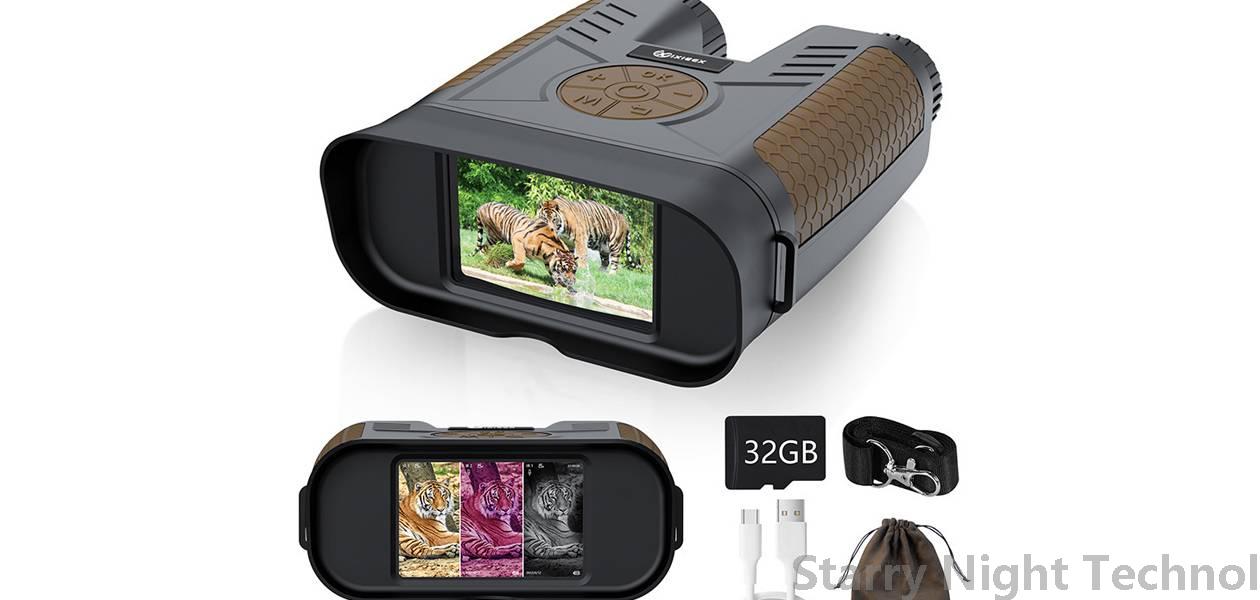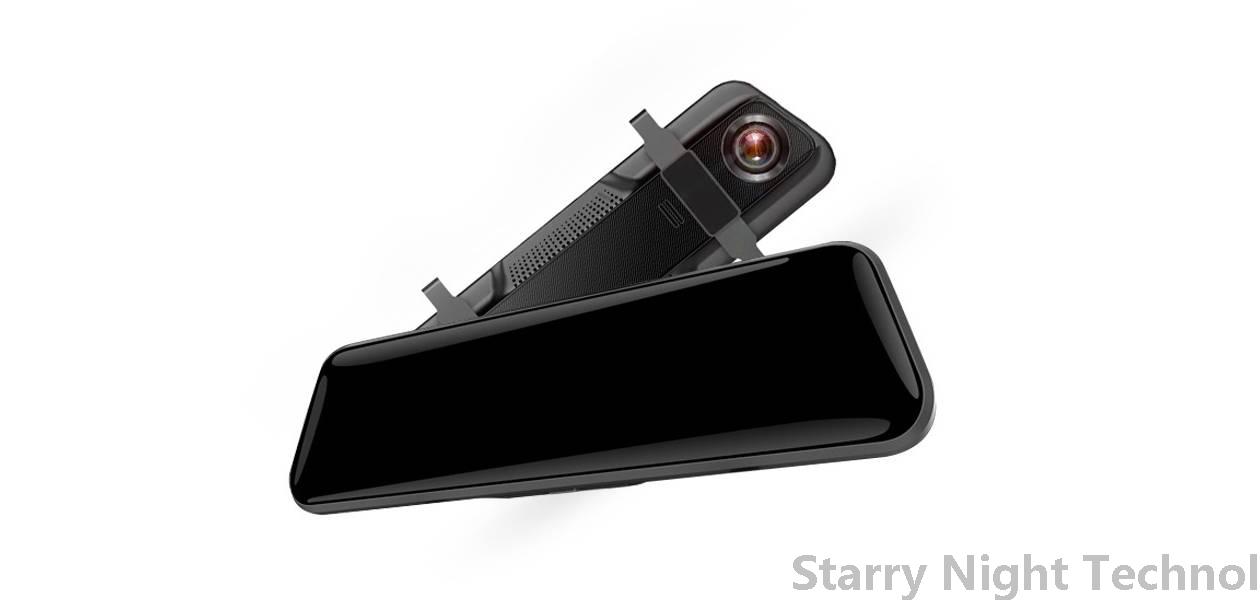Innovative Applications of Night Vision Technology in Wildlife Conservation and Research
1754895633000

In the ever-evolving landscape of wildlife conservation, one technological advancement stands out for its potential to reshape how researchers study animal behavior, monitor endangered species, and protect habitats from poachers: night vision technology. Originally developed for military applications, this transformative technology has found diverse uses across various fields, particularly in the realm of ecological research and wildlife management.
#### Understanding Night Vision Technology
Night vision technology primarily operates through two methods: image enhancement and thermal imaging. Image enhancement devices amplify existing light (like moonlight or starlight) using photomultiplier tubes or image intensifiers, allowing us to see in dark environments. Thermal imaging detects heat emitted by living organisms, rendering visuals based on temperature differences. Both technologies have seen significant developments over recent decades, resulting in smaller, more efficient, and cost-effective units suitable for fieldwork.
#### Monitoring Endangered Species
One of the most vital applications of night vision technology is monitoring endangered species that are often active during dusk or nighttime hours. For example, nocturnal mammals like the elusive porcupine or the critically endangered Sunda pangolin can now be observed without disturbing their natural behaviors. Using portable night vision gear, researchers can set up remote cameras equipped with infrared sensors to capture images or videos of these animals as they roam their habitats.
The insights gained from such unobtrusive monitoring are invaluable. They provide critical data about population dynamics, breeding patterns, and habitat use. With this information, wildlife managers can develop targeted conservation strategies tailored specifically to the needs of a species.
In Botswana, researchers studying the African wild dog—a highly social predator—have utilized night vision goggles to observe key behavioral interactions within packs. This approach not only reduces disturbance but also captures crucial ethological data that might otherwise go unnoticed.
#### Tracking Poaching Activities
Poaching remains one of the greatest threats to wildlife globally, decimating populations of elephants, rhinos, and big cats. The application of night vision technology helps authorities combat illegal activities effectively. Equipped with night vision gear, ranger teams patrol protected areas under cover of darkness, enhancing their ability to detect illicit hunting attempts.
Beyond direct human observation, drones outfitted with thermal imaging cameras offer an advanced solution for tracking poaching hotspots. Investigations in regions like East Africa have shown that aerial surveillance can spot poaching activity while covering large geographical extents quickly, delivering real-time intelligence that ground teams can act upon promptly.
 #### Studying Animal Behavior
#### Studying Animal BehaviorObserving animals in their natural habits after dark provides critical insight into behaviors that differ significantly from those exhibited during daylight. Many species, like owls or raccoons, utilize the cover of darkness to engage in specific activities—from hunting techniques to interspecies competition—that cannot be captured through traditional daylight observations.
Researches focusing on temperamental traits of shy or rare animals benefit immensely from low-light visibility provided by night vision tech. In studies undertaken in the Amazon rainforest, night vision tools enabled scientists to grasp predators' impact on prey dynamics, influencing subsequent food web understanding in biodiversity hotspots.
While traditionally challenging due to the absence of sufficient lighting, nocturnal behaviors linked to mating rituals, territory marking, or parental care can now be thoroughly documented. Researchers at the University of Cape Town recently released a fascinating paper discussing the intricacies of panthera pardus mating calls, made possible only through nightly recordings facilitated by night vision equipment.
#### Habitat Mapping and Ecological Assessments
Mapping ecosystems accurately is fundamental in assessing fine-scale variations in habitats crucial for maintenance of biodiversity. Night vision technology plays a role here too. Coupled with GIS (Geographic Information Systems), thermal imagery enables scientists to conduct biological surveys efficiently even when fading daylight restricts visibility.
For instance, forest density assessments or wetland mapping can be enhanced by conducting audits at night, taking advantage of clear, cool conditions commonly experienced during that time. Importantly, tropical areas rich in flora and fauna can often remain hidden to observers in the sun's glare; therefore, utilizing night vision products opens a window to unveil layers of ecosystem complexity previously unrecorded.
#### Bridging Science and Citizen Engagement
As awareness around wildlife conservation grows, citizen science initiatives frequently enlist the public’s help in monitoring populations. Oftentimes, adding night vision devices to volunteer kits empowers everyday citizens to contribute meaningfully towards gathering valuable data. Programs in North America focus on collecting footage of local bat colonies during twilight hours to analyze migratory patterns. Studies demonstrate that community engagement attracts enthusiasm for conservation issues and facilitates improved conservation outcomes.
**Conclusion**
The innovative applications of night vision technology in wildlife conservation and research stand as a testament to humanity's resolve and creativity in ensuring the survival of our planet's rich biological heritage. From providing unprecedented insights into elusive nocturnal behaviors to combating poaching and enabling effective ecosystem assessments, these sophisticated tools enhance our capacity to understand and protect wildlife. As this technology continues to evolve and become even more accessible, its integration into conservation practices marks a bright horizon for global biodiversity preservation efforts.
What should be selected for night vision devicesStarry Night Technol

